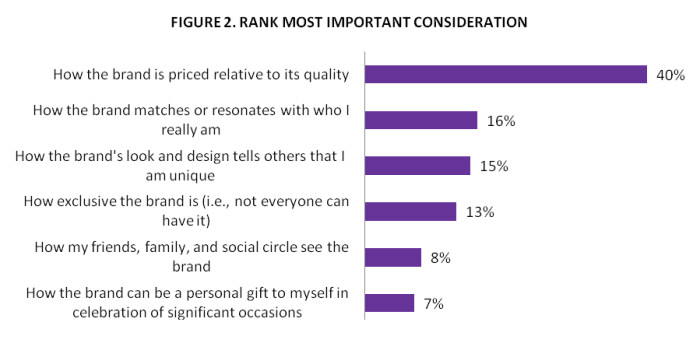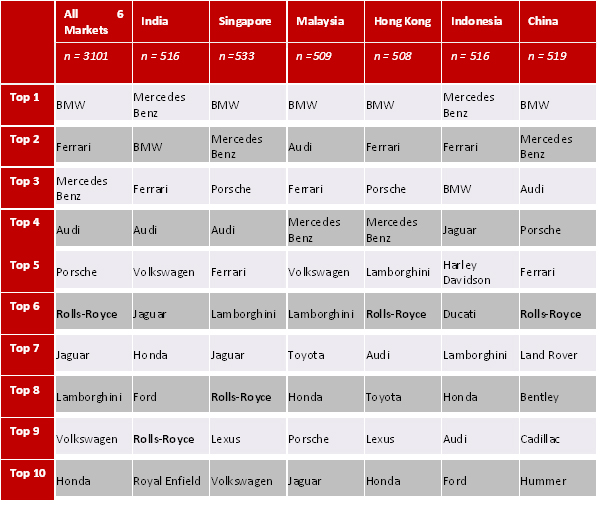When it comes to fashion, style, luxury and spending money, no one does it better than the women of the world! It comes as no surprise that luxury car brands are standing up and taking note of the female client and what they want in a car.
Women are buying more than half of the new cars in the United States and influence up to 80 per cent of all car purchases, according to Women-Drivers.com and Forbes. With statistics like these, car manufacturers and their marketers have heard the lure and are finally starting to target women and their specific needs.
The trend guru Faith Popcorn, in her book EVEolution, says, “women don’t buy brands, they join them”. And in the luxury car industry, this seems to be just the case – it looks like women are changing and pervading the field from the inside out and the outside in.
Italian marque Lamborghini reports that “three out of four workers in their trim and colour assembly area on the Sant’Agata Bolognese production line are now women”. This team of 35 women works on industrial sewing machines, cutting and stitching the leather upholstery. And the brand’s production managers at the plant agree: “Women have a more critical eye for detail”.
But women aren’t limited to the production sector – Helen Emsley heads the team that designed the interior of the 2014 Corvette Stingray and was recently appointed executive director of Global GMC Design and User Experience. The designers of the BMW i Series user interface are two women, Sandy McGill and Monika Zych. And it was big news in the car world when General Motors named Mary Barra as its new CEO last December – the first woman to ever lead a major global carmaker.
Not only are the cars becoming more women-centric, but their many accessories and brand extensions are finding new owners as well. It all started with car accessories for Maserati, Ferrari, Porsche and Bugatti – first there were leather first-aid kits and luggage compartment mats, which quickly evolved to luggage and iPad cases that took on a more feminine aesthetic.
These so-called brand extensions are inherent in the luxury goods market. Haute couture has for the past century extended to accessories, jewellery and cosmetics. Chanel and Saint Laurent (then Yves Saint Laurent) set forth as haute couture brands and today are empires spanning everything from fashion to household goods.
In the car industry during the 1970s, collaborations with luxury brands, such as Cartier, Pierre Cardin and Oleg Cassini, were commonplace and consumers looked out for these elegant special editions. Today, it’s still rife with such models as the Gucci-designed Fiat and Victoria Beckham’s baby Range Rover Evoque.
And so Bugatti joined the ranks of Porsche and Ferrari at Milan Fashion Week in September last year by launching an exclusive apparel and accessories collection. Not to be missed is their crocodile skin handbag, sculpted to mimic the front grille of the Bugatti.
Last year, Bentley started selling handbags that retail for over US$5,500, while Porsche debuted its Maria Sharapova handbag. And Mercedes-Benz is not far behind with The House of Mercedes-Benz, a fashion boutique featuring exclusive items as a limited-edition collection of wooden eyewear inspired by the wood detailing in the 2014 Mercedes-Benz S-Class.
Brands are gearing up more than ever to expand their offerings. Before the Geneva Motor Show in March, Lamborghini and Bentley released statements declaring that they want to “expand their brands and specifically proffer to women”.
Bec Brideson, director of the marketing agency Hello I’m Venus in Australia, says: “Car dealers have improved their soft skills in the dealership – putting on events that appeal primarily to women, and making their showrooms more female-friendly.” But she believes car companies still stick to a “one-size-fits-all-genders approach, especially with product development”.
Donna Milgram writes on her Recruiting Women TechnoBlog: “There are fortunes to be made for the first of these luxury car brands who are brave and imaginative enough to commit to researching, designing and marketing vehicles that appeal specifically and exclusively to the new affluent, independent woman.”
Images of lipstick, stilettos and nail varnish populate past marketing efforts that were unsuccessful. In the book Oops, Martin Smith and Patrick Kiger give examples from the 1950s, when Ford developed “Motor Mates”, a line of handbags tied to certain Ford vehicles, which Chrysler responded to with the pink “Dodge La Femme” with matching handbag, raincoat and umbrella. The 1960s were even worse – competitions with Mustangs in lipstick colours as prizes, or Studebaker’s manual entitled “Going Steady with Studie” that patronised female buyers.
A step in the right direction, however, was Volvo’s YCC (“Your Concept Car”), presented at the Geneva Motor Show in 2004. Volvo assembled a design team entirely made up of women, and looked extensively at ergonomics from the perspective of a female driver.
But since then the industry is looking for the next evolution, with brands such as Bugatti reporting that they want to “double their female customers within the next five years”.
And so this is only the beginning, as luxury car brands cater to women – mimicking the female form in terms of design and paying careful attention to attributes such as maneuverability, interior craftsmanship and user-friendly features. Women, meanwhile, are interested in a luxury car product that evokes emotion, provides total reassurance and at the same time maintains the authenticity they crave – and apparently they are not afraid to ask for exactly that.
Source http://www.scmp.com/magazines/style/article/1520512/luxury-car-makers-turn-focus-women-drivers




